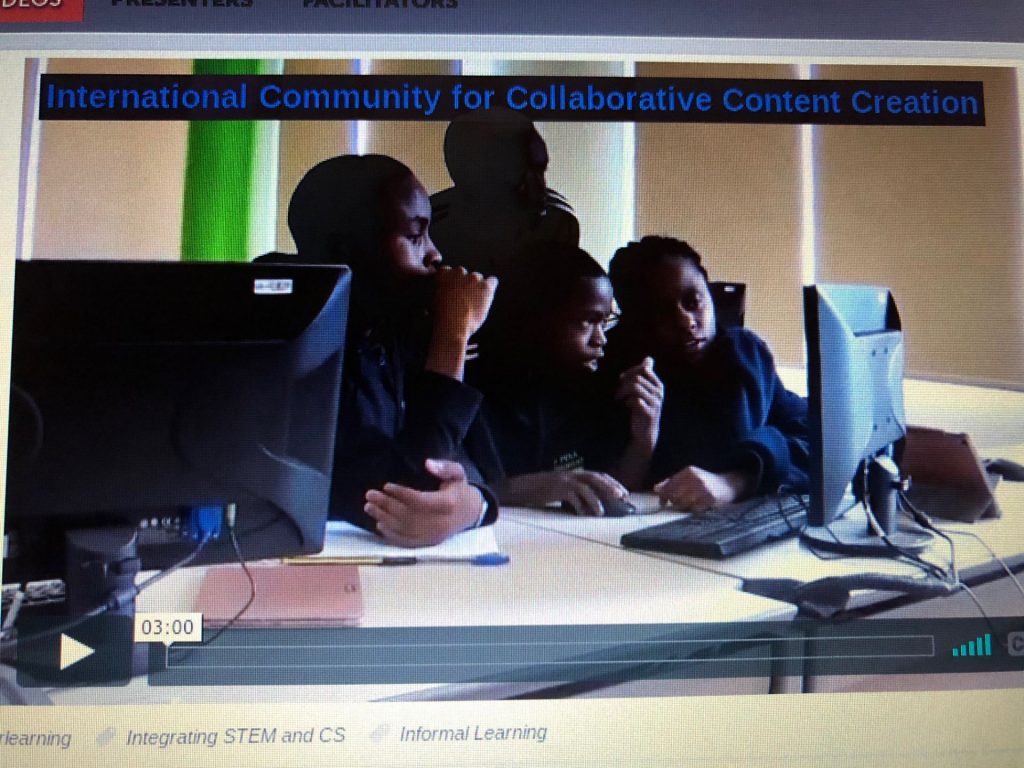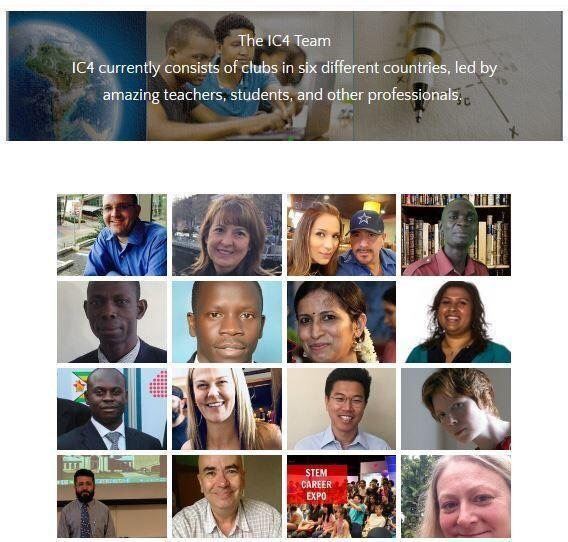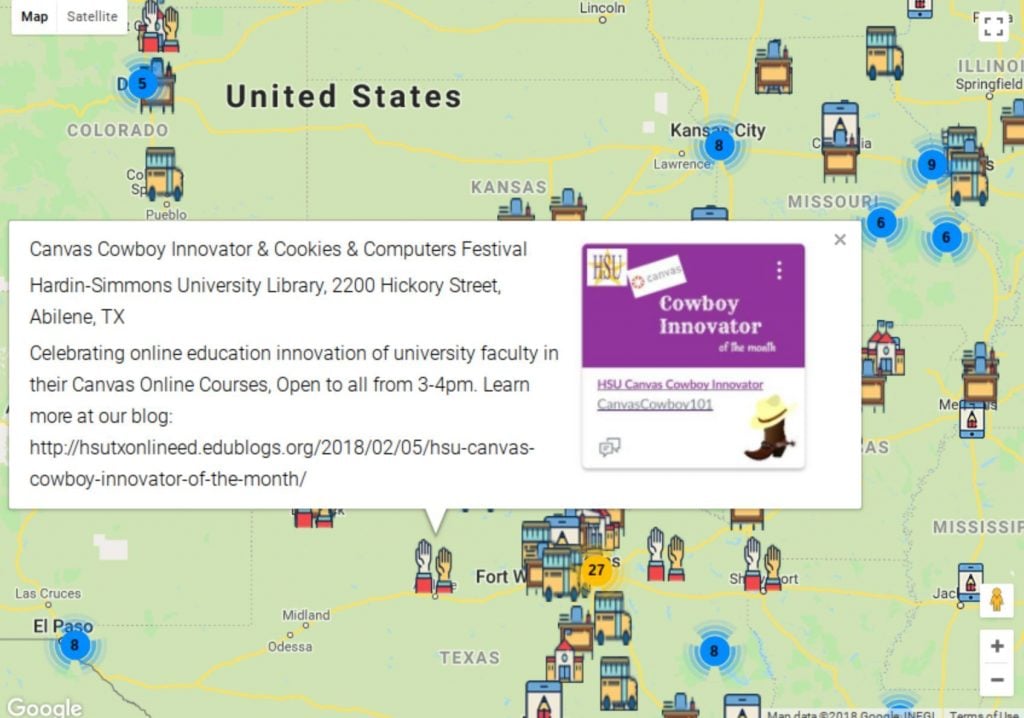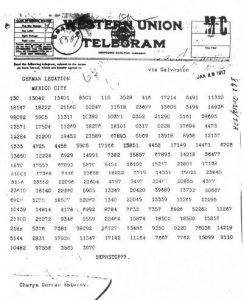NSF STEM for All Showcase Goes Live May 14-21, 2018
Here is Information on the Research
Research on an International Network for STEM Media Making and Student-Led Participatory Teaching
How does collaborative STEM project-based learning change when the participating students represent fundamentally distinct cultures, countries, economic, and social backgrounds, and work together over synchronous and asynchronous internet settings?
Does the use of videoconferencing in such STEM project-based learning settings alter intersubjectivity or shared meaning in ways that might have broad social impact?
Differences in where people live and in our cultures factor deeply into social and economic fractures in US and global society. Can students working together across such boundaries experience virtual presence and shared meaning-making through project collaborations in ways that allow deeper appreciation of each other’s differences, and reduce such fractures?
Does such collaboration from the context and comfort of one’s own cultural settings helped to neutralize anxiety and distrust of others, and in ways that are promising for the next generation learning settings that will feature more abundant international collaboration at middle and secondary school levels?
Featuring students who collaborate with one another from sixteen sites in the US, Kenya, Finland, Namibia, Mexico, Iran, and India, the IC4 project explores the intersection of learning, culture, and collaboration. Supported by NSF’s AISL Program, the project provides an international, collaborative, and digital makerspace that explores these questions and seeks to understand how student learning changes when collaborating teams identify themselves as teachers seeking to help peers understand STEM topics.
NSF Awards: 1612824









